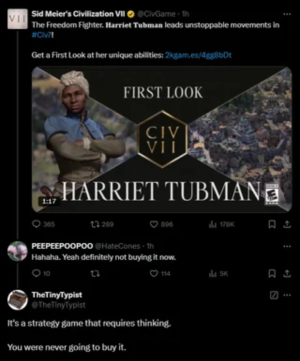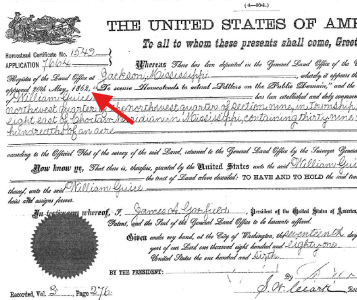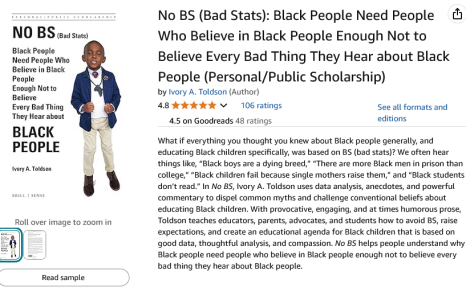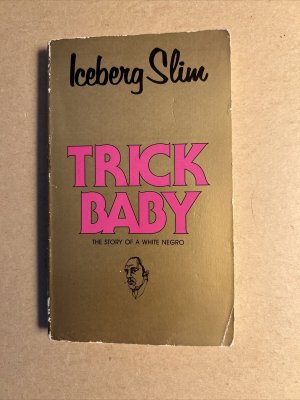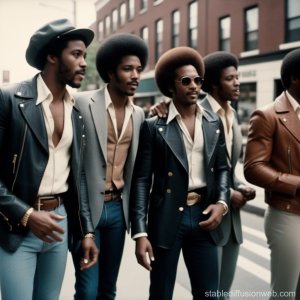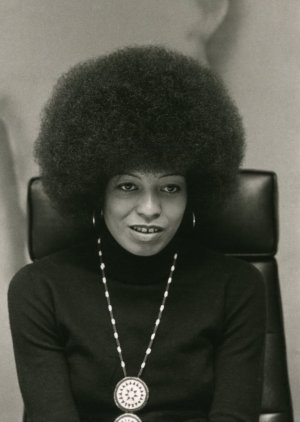Book goes beyond the history of discriminatory practices to show how homeownership changed our perceptions of race

news.uchicago.edu
"Paul Rand: Many of you probably think you’ve heard this story before, but Brown is telling a totally new story, one that’s gone largely unexplored and totally flips the script to understand not only how race shaped housing in America, but how housing also shaped race.
Adrienne Brown: This new idea of how to be white, how to inhabit whiteness changes so much between the early 20th century and the mid-20th century, and home ownership is the engine that really changes how whiteness is thought about, how it’s defined, and how people see and value it. And in my mind, those questions are aesthetic questions. They’re about learning how people see, how people understand what race is and how they come to inhabit those norms of sight, action, performance. And those questions to me are humanistic questions, right? Questions that you have to understand how people lived, saw, and experienced race.
Paul Rand: To get into the minds of the people who shaped this history, Brown looks beyond just historical documents, pulling in all the cultural artifacts to speak to the inner workings of people’s thoughts such as art novels, movies, ads, magazines.
Adrienne Brown: It’s those kinds of places where this idea of feeling and property and race come up across the ownership archive, from writers like Steinbeck to housing administrators who use similar language around feeling and racial capacity, where I’m like, “Oh, feeling is really important to understanding this story.” And it’s not just about maps and data and census records, but understanding the way that feeling becomes so important to how people understand what home ownership is and how it works."








